How to make a hedgehog house
If you love these adorable, spiky creatures as much as we do, then knowing how to make a hedgehog house is essential for encouraging them into your garden. A hedgehog is the perfect gardener’s companion because they eat the slugs, snails and caterpillars that dine on your plants. In return for this service, it’s only fair that you offer them a warm bed and cosy shelter to rest their weary heads.
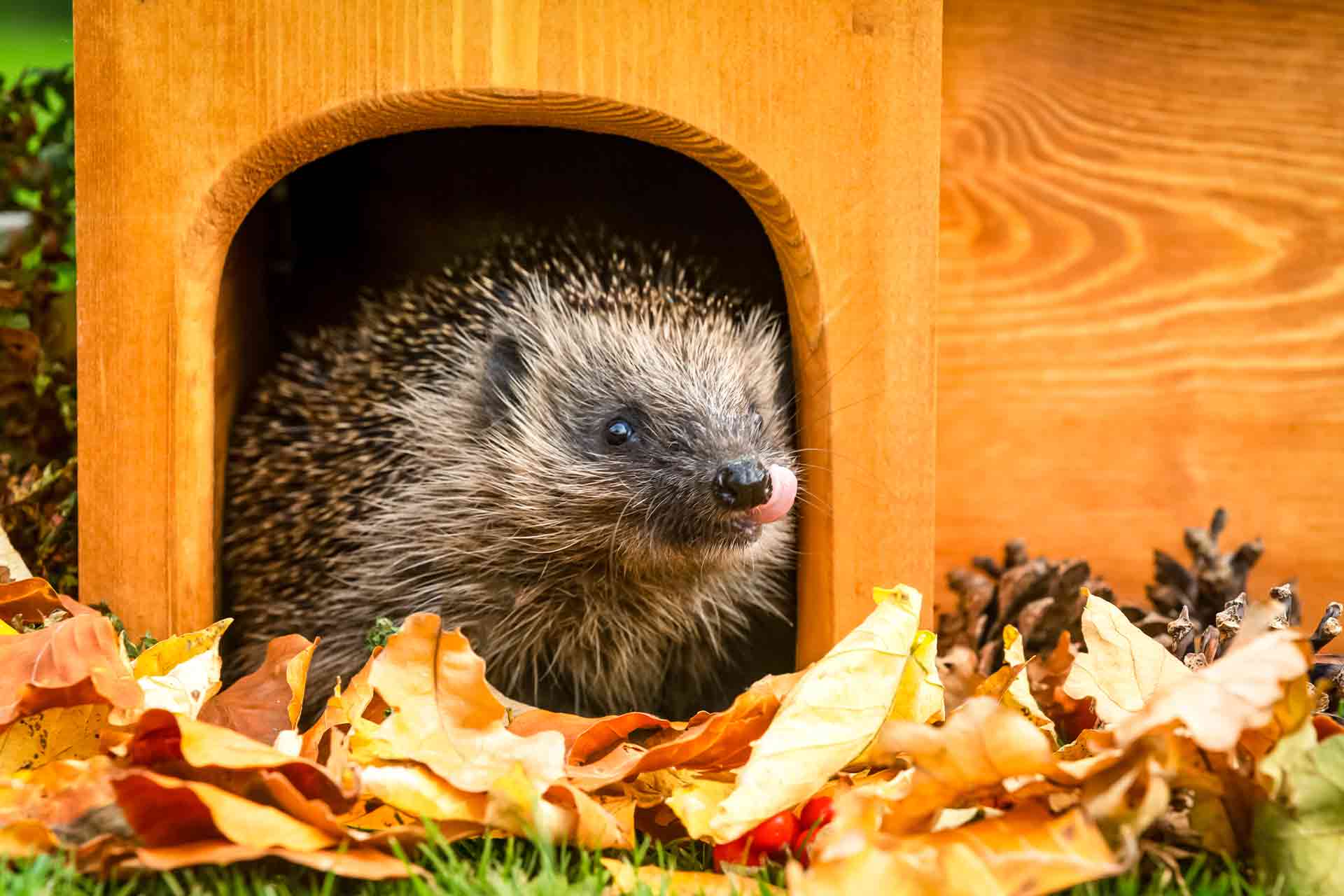
If you love these adorable, spiky creatures as much as we do, then knowing how to make a hedgehog house is essential for encouraging them into your garden. A hedgehog is the perfect gardener’s companion because they eat the slugs, snails and caterpillars that dine on your plants. In return for this service, it’s only fair that you offer them a warm bed and cosy shelter to rest their weary heads.
A hedgehog house needn’t be costly. Providing a safe and dry environment for rest, hibernation or hoglet-rearing is a simple process.
Top tip: Consider building one in the spring and making it fit for purpose by August, which is when your local hedgehogs will start house-hunting.
Read on to find out how to make a hedgehog house in the UK.
What does a hedgehog house need?
Space
 No matter how small the hedgehog is, it needs room to live. Be sure to create a large, insulated compartment for them to cosy up in when the temperature drops. Use small, dry leaves for insulation, such as birch, hazel or oak.
No matter how small the hedgehog is, it needs room to live. Be sure to create a large, insulated compartment for them to cosy up in when the temperature drops. Use small, dry leaves for insulation, such as birch, hazel or oak.
Protection
Keep the entrance small enough that badgers, foxes and dogs can’t get in too. Ideally, the entrance needs to be a corridor adjacent to the compartment to keep out the cold and other predators.
Ventilation
Use a cylindrical pipe, piece of wood or hose to insert at the back of the hedgehog house for ventilation.
What materials do I need?
Now you know the basic principles of how to make a wooden hedgehog house, let’s see what tools you’ll need for the job:
- Either a pre-made timber box or some plywood – 15 mm ply should suffice.
- Length of 2” x 2” timber. Consider recycled timber as a great way to ‘do your bit’ whilst doing your bit.
- Set of small basic hinges and a latch (not totally necessary).
- Wood screws or nails.
- Off-cut of hose or drainage pipe – 25mm will suffice.
What tools do I need?
- Pencil and paper
- Tape measure
- Saw – a handsaw will suffice
- Hammer or screwdriver
- Drill
How to make a hedgehog house
Plan your design
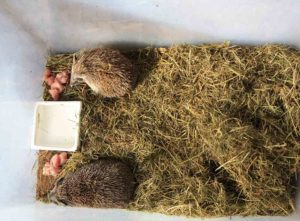 Firstly, draft a basic plan of your hedgehog house. Typically, the house should be made up of two areas:
Firstly, draft a basic plan of your hedgehog house. Typically, the house should be made up of two areas:
- The main living area; and
- The ‘lobby’ or entrance area.
The lobby area acts as a ‘corridor’ for the hedgehog to enter through. As a result, it prevents the entry of larger animals such as dogs or cats.
Cut your wood or use a pre-made box
Once you’ve decided on your design, use a pre-formed box – such as an old timber wine crate – that provides the structure (and looks great in the right environment!) or cut your 2″ x 2″ plywood to size, forming a framework for the two areas.
If you’re doing the latter: once you’ve cut the ply to size, nail or screw the framework together to form the ‘living area’ of your hedgehog house.
Create your hedgehog entrance lobby
Now your living area is ready, it’s time to create your smaller entrance lobby. For this, you’ll need to cut a hole approximately 10 x 15 cm on one side of the living area box, which will serve as the entrance from the lobby. So, there will be two entrances overall: one from outside and one from within.
Attach your lobby and living space together
Now your two areas are formed, attach them together using the 2″ x 2″ timbers as a framework to do so.
Consider your latches
In order to provide the hedgehog with food and water, you’ll need access to the box. Consider fitting galvanised hinges and a latch to allow the top of the box to open like a chest.
Install ventilation
When complete, pick a side of the living area to install the ventilation (the back is usually best). Then, taking the off-cut of your hose pipe, find a corresponding sized drill bit and drill a hole into the box. Cut the hose to the selected size – ideally around 15cm – and push it into the hole. This will assist with ventilation.
Choose the perfect spot
Congratulations! You’ve just learned how to make a wooden hedgehog house. Now it’s time to place it in the garden out of direct sunlight. Pick a shaded area or somewhere that’s part-buried under leaves, which keeps the box cooler and away from predators.
FAQs
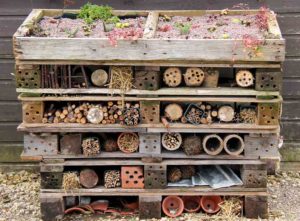 Is there a particular design I should choose?
Is there a particular design I should choose?
A quick online search will reveal a number of design options and styles. We just recommend making sure there are two areas: a living area and an entrance lobby. The rest is up to you!
Can I build a hedgehog house myself or do I need a joiner?
As with anything, a professional will be able to offer a better and sturdier finish. A Joiner or Carpenter will be able to build this in their own workshop for you and deliver it upon completion.
How to make a hedgehog house out of a plastic box?
Plastic isn’t ideal for hedgehog houses as it requires weighting down and extra ventilation. In windy weather, it’s unlikely to survive the storm. Also, as it’s a transparent material, hedgehogs won’t choose it as a place to hibernate. They need full dark. However, if you incorporate a lidless plastic box for your ‘living area’ and follow the rest of the steps above, including a wooden roof, you might be able to incorporate a plastic box into your design.
How to make a hedgehog house with sticks?
You can use sticks as the ‘roof’ to your hedgehog house and help camouflage it. The less like a manmade structure it looks, the more enticing it is to our spiky friends!
How to make a hedgehog house with logs?
Use logs to help weigh the structure down and provide decoration and camouflage. Logs make excellent roofs, borders and ramps.
How to make a hedgehog house out of cardboard?
We don’t recommend making a hedgehog house out of cardboard due to its flimsy structure and lack of weatherproofing.

We check the reviews on Checkatrade are from real people, and that trades meet our high standards.

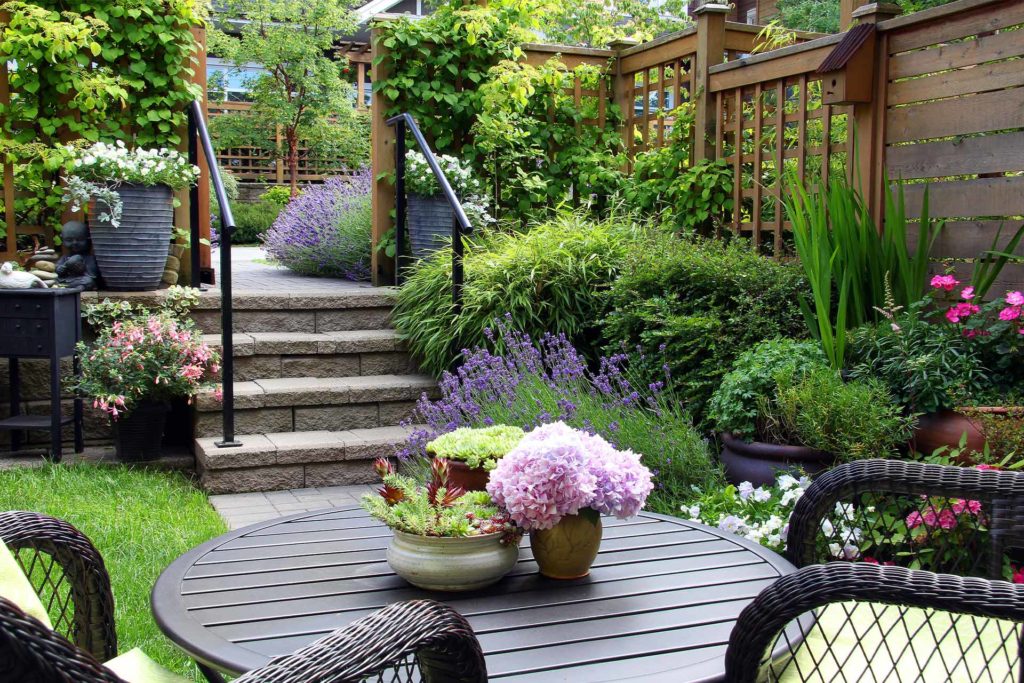
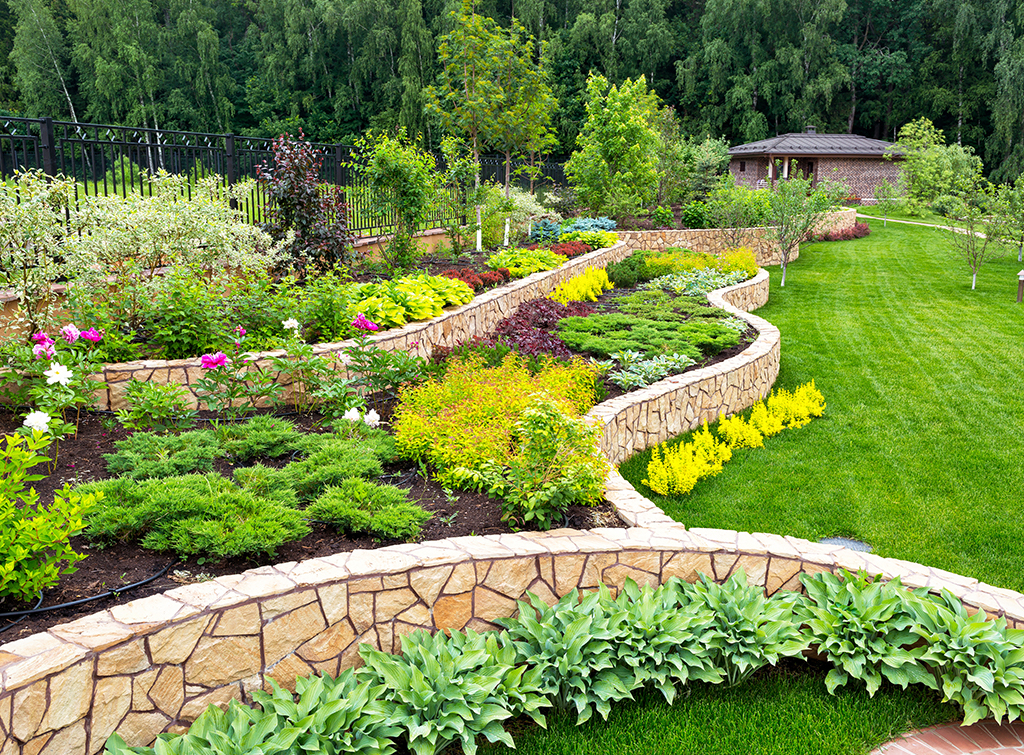
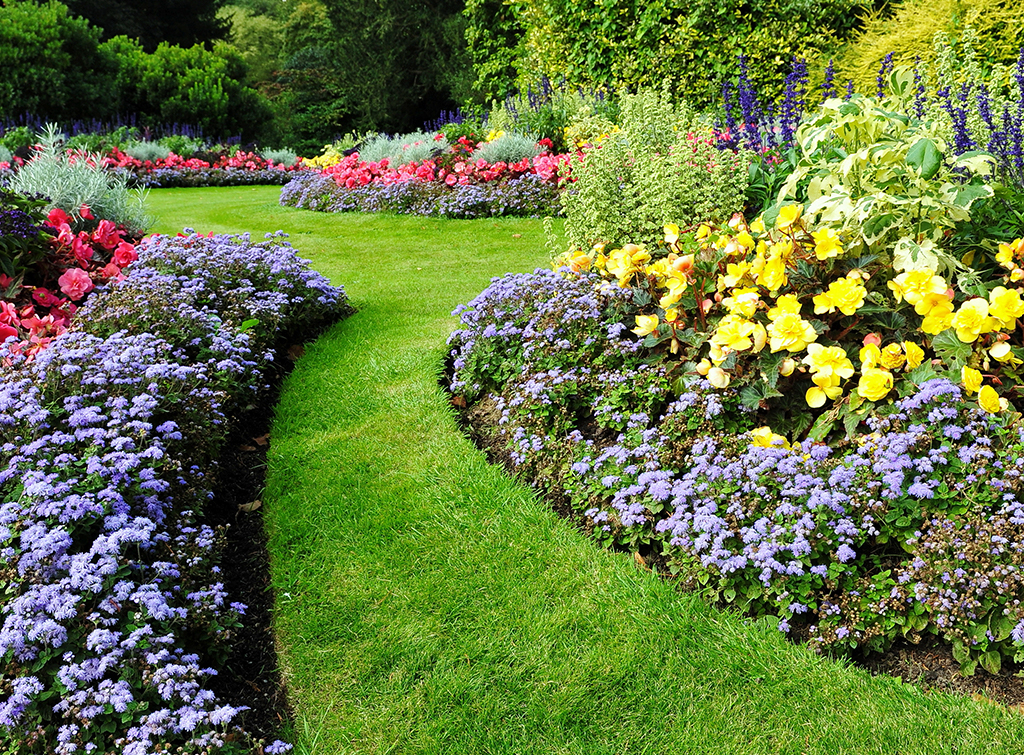
No comments yet!